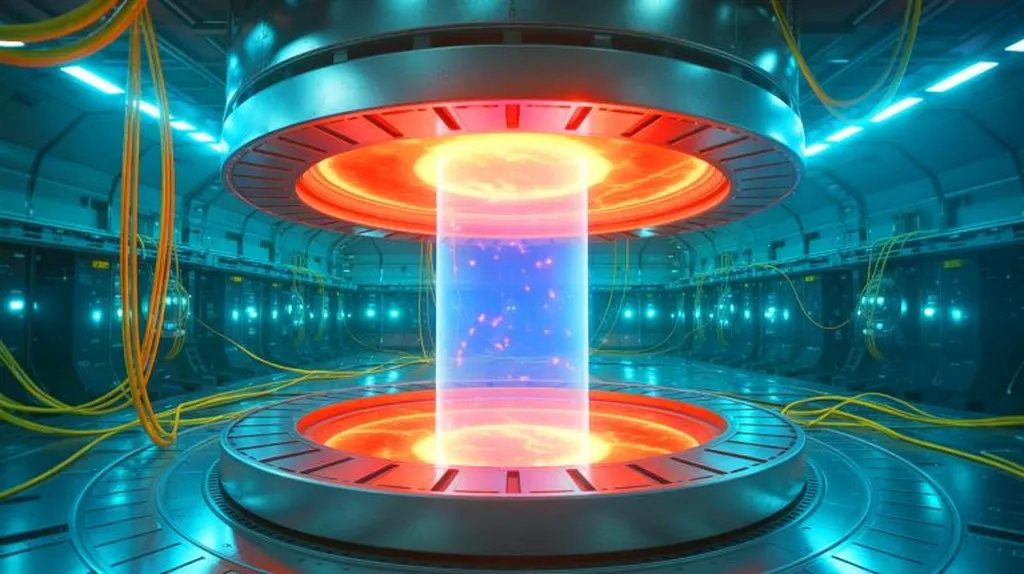In the heart of Kyiv, researchers are delving into the minuscule world of nanowires, seeking to unlock secrets that could reshape the energy sector. Vasyl Kuryliuk, a physicist at Taras Shevchenko National University of Kyiv, has been leading a team exploring the mechanical properties of hollow-core silicon-germanium (SiGe) nanowires, with findings recently published in the journal “Materials Research Express” (translated from Ukrainian as “Express Research on Materials”).
The team’s work focuses on understanding how these tiny structures behave under stress, a critical factor for their potential applications in energy technologies. Using molecular dynamics simulations, they discovered that the mechanical properties of SiGe nanowires are significantly influenced by their internal structure. “We found that as the cavity radius increases, both the elastic modulus and ultimate strength decrease,” Kuryliuk explains. This means that larger cavities make the nanowires more flexible but less strong, a trade-off that could be crucial in designing materials for specific applications.
The research also revealed that larger cavities promote ductile behavior, characterized by plastic deformation and necking before fracture. This is a significant finding, as it suggests that the mechanical properties of these nanowires can be tuned by adjusting their internal structure. “This could open up new possibilities for designing materials with tailored properties for various applications,” Kuryliuk adds.
The team also investigated the effects of temperature, composition, and vacancy defects on the mechanical response of the nanowires. They found that increasing temperature, germanium content, and vacancy concentration all lead to further reductions in elastic modulus and tensile strength. This indicates that these factors must be carefully controlled to maintain the desired mechanical properties of the nanowires.
One of the most intriguing aspects of the research is the analysis of fracture mechanisms at elevated temperatures. The simulations revealed temperature-induced structural transformations during failure, providing valuable insights into the behavior of these materials under extreme conditions. This could be particularly relevant for applications in high-temperature environments, such as in advanced energy systems.
The implications of this research for the energy sector are substantial. SiGe nanowires have potential applications in various energy technologies, including photovoltaics, thermoelectrics, and nanoelectronics. Understanding their mechanical properties is crucial for designing reliable and efficient devices. By tuning the properties of these nanowires, researchers could potentially develop materials that are stronger, more flexible, and better suited to specific applications.
Kuryliuk’s work is a testament to the power of molecular dynamics simulations in exploring the properties of nanomaterials. As he puts it, “This research is just the beginning. There’s still much to learn about these fascinating structures, and each discovery brings us one step closer to harnessing their full potential.”
In the ever-evolving landscape of materials science, Kuryliuk’s research shines a light on the intricate world of nanowires, offering a glimpse into the future of energy technologies. As the energy sector continues to demand more efficient and sustainable solutions, the insights gained from this research could pave the way for innovative materials that meet these challenges head-on.

